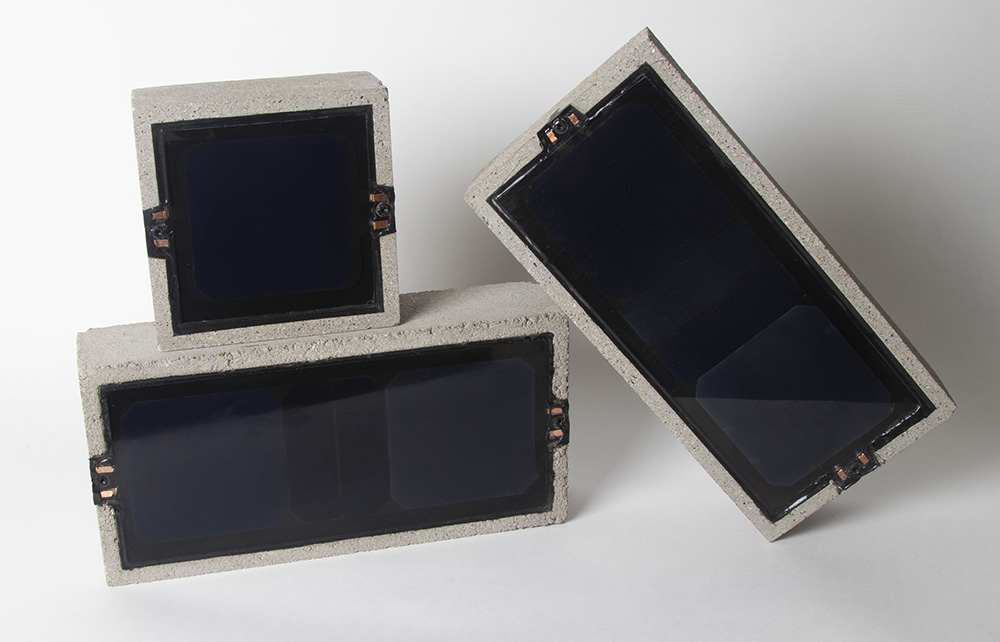News:
Green Buildings
Posted: August 25, 2011
By Nihar Parikh - Energy And Efficiency Upgrades
Commercial real estate and energy efficiency retrofits have more to do with each other now, than ever before. Why? Approximately 5 million commercial buildings in the U.S. are responsible for 18% of total energy consumption nationally! For starters, it would be nice to work towards reversing this ratio in order to meet government energy mandates for carbon reduction and have property owners & managers take advantage of direct utility incentives and federal tax deductions. But I think that what's required to turn the tides is an added layer of consciousness and an elevated commitment to execution.
A report from the Urban Land Institute (http://www.uli.org/LearnAboutULI/WhoWeAre.aspx) titled "New Tools, New Rules", estimated the market potential for energy efficiency retrofits in commercial real estate in the United States around $190 billion over the next 10 years! However, the question arises: in order to have a superior impact, can the commercial real estate industry as a whole adopt energy efficiency measures in lieu of increasing building valuation and NOI (Net Operating Income)?
The aforementioned Urban Land Institute report states, "Recent efforts to catalyze investments in energy efficiency in buildings have challenged how policy makers and market participants view real estate finance and valuation practices". In my opinion, not only is there a direct correlation between energy efficiency and building valuation, valuation practices should account for these upgrades as part of the cost of the asset. Obviously, the goal of energy efficiency upgrades in buildings is to benefit the owner and its tenants. It's not only important for asset valuation, but it's also vital for comfort and tenant retention.
All this is aimed at increasing the revenue generation from the property. It is absolutely crucial that policy makers, government officials, lobbyists and commercial real estate groups view this as a collective effort with notable benefits, rather than an idealistic initiative by disparate groups with limited foreseeable benefits. When influence fails, enforcement prevails!
However, the equation can get tricky at times because it involves a two-layered approach. The first step involves educating property owners on all the process for and perks of adopting energy efficiency projects (the what, how and why). They need to see how this project will yield a positive return for the immediate and long term duration. Once that step is a success, the next step involves assessing the financial variables.
Typically, the key variables involved are project cost, payback in years, ROI (return on investment), capitalization rate (the rate at which an investment pays for itself), NOI (net operating income), current market value, and cash flow.
Asset Price or Valuation = NOI/Capitalization Rate
If the payback for the energy efficiency project can be kept under 3 years, being cash flow positive thereafter, the energy savings will result in lower operating costs each month. Lower operating cost results in higher NOI, eventually increasing the valuation of the asset. The valuation can be compared to the current market value, in order to deem an asset as overvalued or undervalued (What are people willing to pay for a comparable asset?).
Our clients want to see how these energy savings will have a direct impact on increasing the valuation of their property. They don't just want to hear about it, they want us to show them how they can make money from their investment! That's why Mass Energy Lab is heavily focused on M&V (measurement and verification). If you can prove the potential energy savings, it's a major step in the right direction!
Nihar Parikh is the CFO and co-founder of Mass Energy Lab Inc., Cambridge, Mass.
Tags:
Green Buildings
MORE FROM Green Buildings
Bridgeport implements energy efficiency plan with utility partners and regional business council
Bridgeport, CT The flurry of economic development and urban revitalization across the city has cultivated a renewed interest in updating municipal, residential and commercial properties to be more efficient and sustainable. Since 2018, city officials have partnered








.png)
